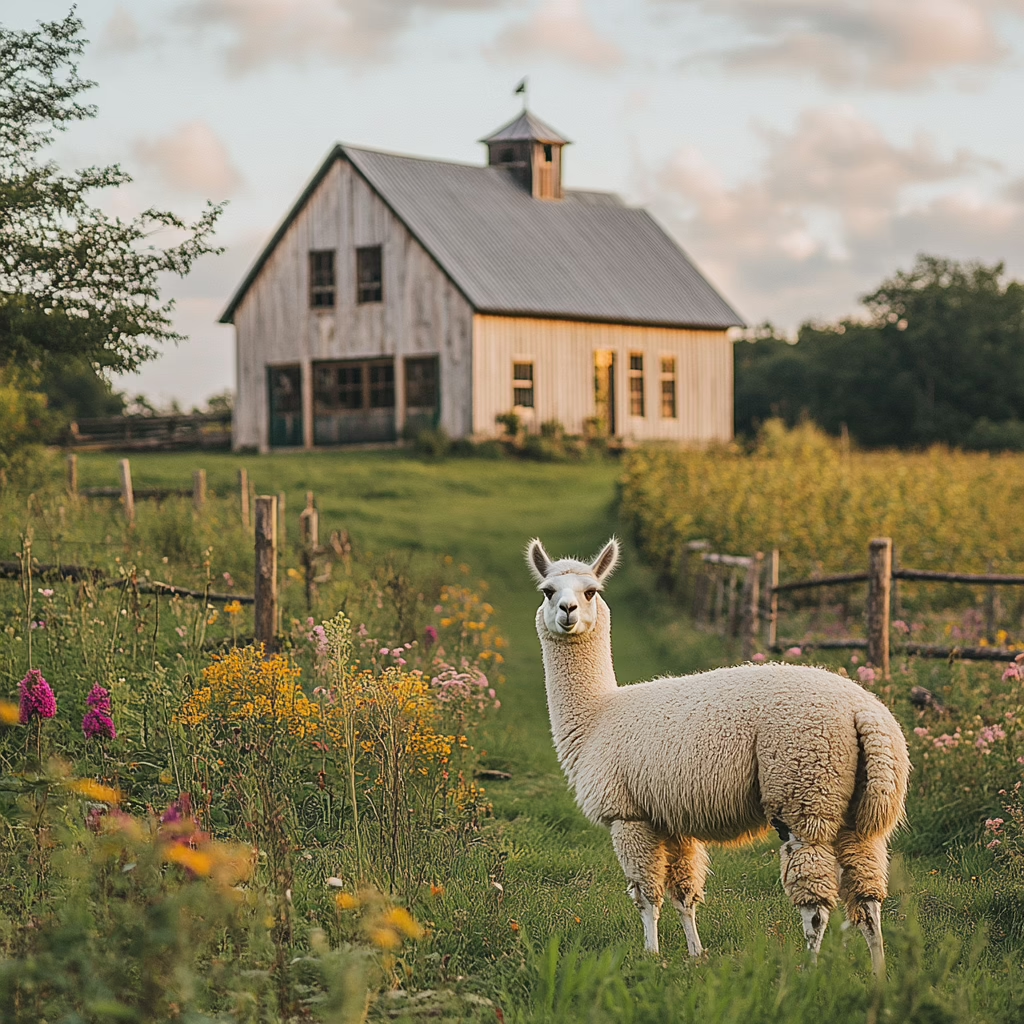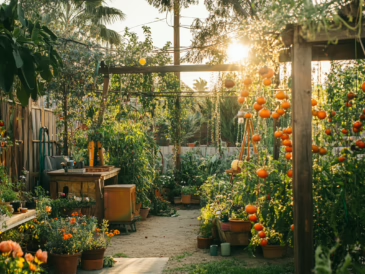Owning land is one of the most powerful ways to build wealth and establish a lasting legacy. For Black women, reclaiming landownership is a step toward rewriting history and creating financial independence for future generations. Farmland offers opportunities that extend far beyond traditional agriculture—it’s a pathway to consistent income, financial security, and generational impact.
At Fly Savvy Sol, we’re here to guide you through how to make farmland part of your wealth-building strategy.
Why Farmland is a Smart Investment
Land is finite. Its value grows over time, and rural farmland is currently one of the most affordable ways to invest in property. As food demand increases, farmland continues to rise in value, providing a stable and scalable opportunity for those looking to diversify their investments.
Key Facts:
- Farmland values have increased by 12% over the last decade, according to USDA data.
- The average acre of U.S. farmland costs $3,800, significantly less than urban real estate.
- Farmland owners can benefit from multiple revenue streams, including leasing, crop production, and renewable energy projects.

How Farmland Creates Wealth and Opportunity
- Diverse Income Streams:
- Lease the land to local farmers or businesses.
- Use it for agritourism, such as farm stays or pick-your-own produce events.
- Explore renewable energy opportunities like solar panel or wind turbine leases.
- Appreciation Over Time: Land values historically increase, making farmland a reliable long-term asset.
- Tax Benefits: Farmers can qualify for deductions, grants, and other incentives that make ownership more accessible and sustainable.
- Community Impact: Investing in land creates opportunities for generational wealth while empowering local economies.
Steps to Owning Farmland
Step 1: Define Your Goals
Decide how you want to use the land. Do you want to:
- Operate it for farming or specialty crops?
- Lease it for passive income?
- Create a unique side business like agritourism?
📝 Tip: Think creatively. A small farm with specialty crops or a community-focused business can yield high returns with minimal acreage.
Step 2: Explore USDA Loan Programs
The U.S. Department of Agriculture (USDA) offers financing options that make farmland ownership more accessible:
- Farm Ownership Loans: Perfect for buying land or improving existing properties.
- Microloans: Designed for small-scale operations or first-time buyers.
- Beginning Farmer Loans: Tailored for those with less than 10 years of farming experience.
💡 Insight: Pair USDA loans with local or state agricultural grants to maximize your budget and reduce upfront costs.
Step 3: Research Eligible Land
The USDA Property Eligibility Map is a great tool for finding qualifying farmland. Focus on areas with:
- Low property taxes.
- Proximity to urban markets for selling crops or hosting events.
- Favorable climates for your intended purpose.
📊 Fact: States like Arkansas and Mississippi offer farmland for as low as $2,000 per acre, making it a highly affordable entry point for investment.
Step 4: Develop a Business Plan
A strong business plan isn’t just for lenders—it’s your roadmap to success. Include:
- Income projections based on your plans (crops, leases, agritourism, etc.).
- Operating costs and budgets.
- Strategies for marketing your products or services.
📝 Tip: Highlight crops or services that reflect your cultural heritage, such as okra, black-eyed peas, or community-focused initiatives, to stand out.
Step 5: Secure Funding and Close the Deal
Once your plan is ready, work with your local USDA Service Center to apply for a loan. Provide all necessary documentation, and don’t be afraid to ask for help throughout the process. When approved, finalize your purchase and begin implementing your vision.
Ideas to Maximize Your Farmland Investment
- Renewable Energy: Leasing land to solar or wind energy companies can generate consistent, hands-off income.
- Conservation Programs: Programs like the Conservation Reserve Program pay you to protect your land’s natural resources.
- Specialty Agritourism: Hosting workshops, retreats, or events on your property can diversify your income while building community connections.
📊 Stat: Agritourism generates over $950 million annually in the U.S., proving that farmland is more versatile than most people realize.
Fly Savvy Sol’s Mission: Building Legacy Through Action
Farmland ownership is about reclaiming opportunities and building a legacy. For Black women, it’s a way to create lasting impact in a space where representation has historically been limited.
We believe in equipping our community with the knowledge and tools to take bold steps toward financial independence.

